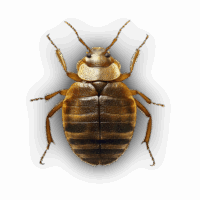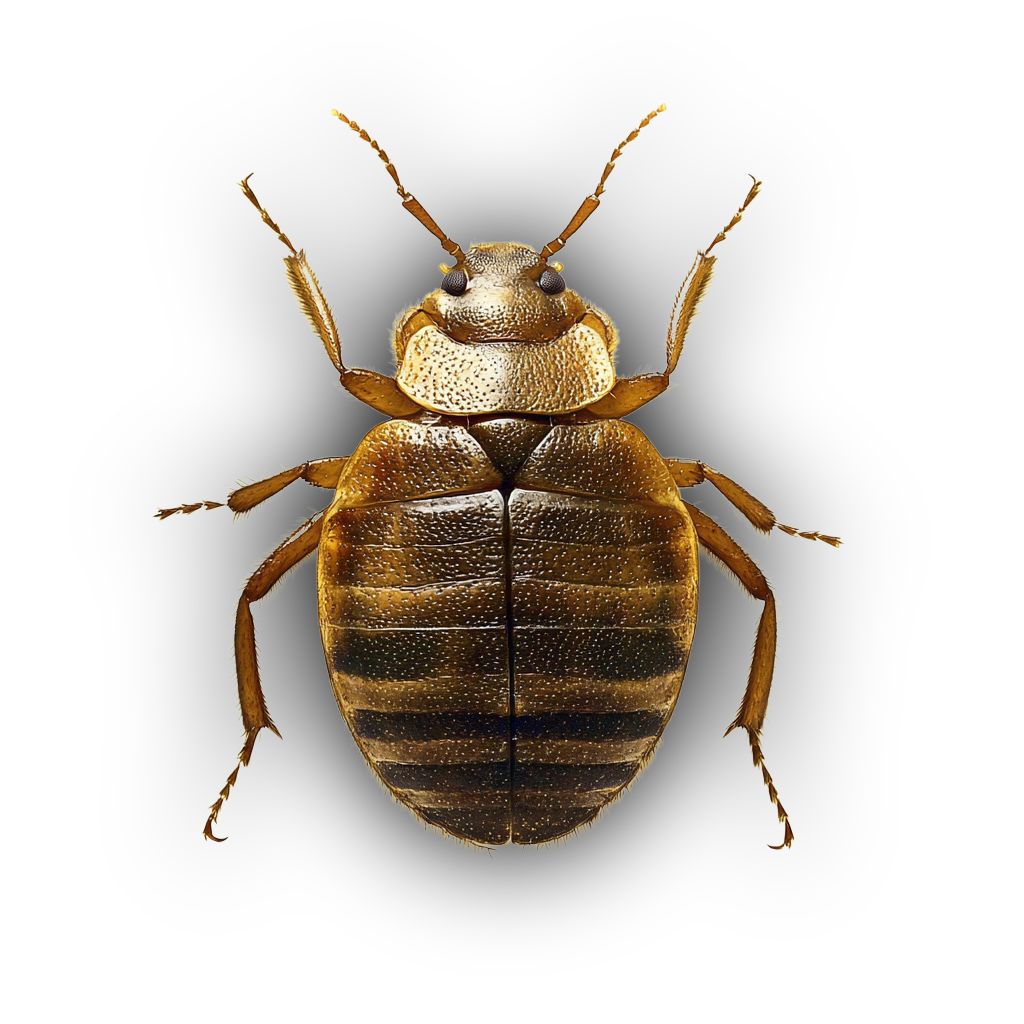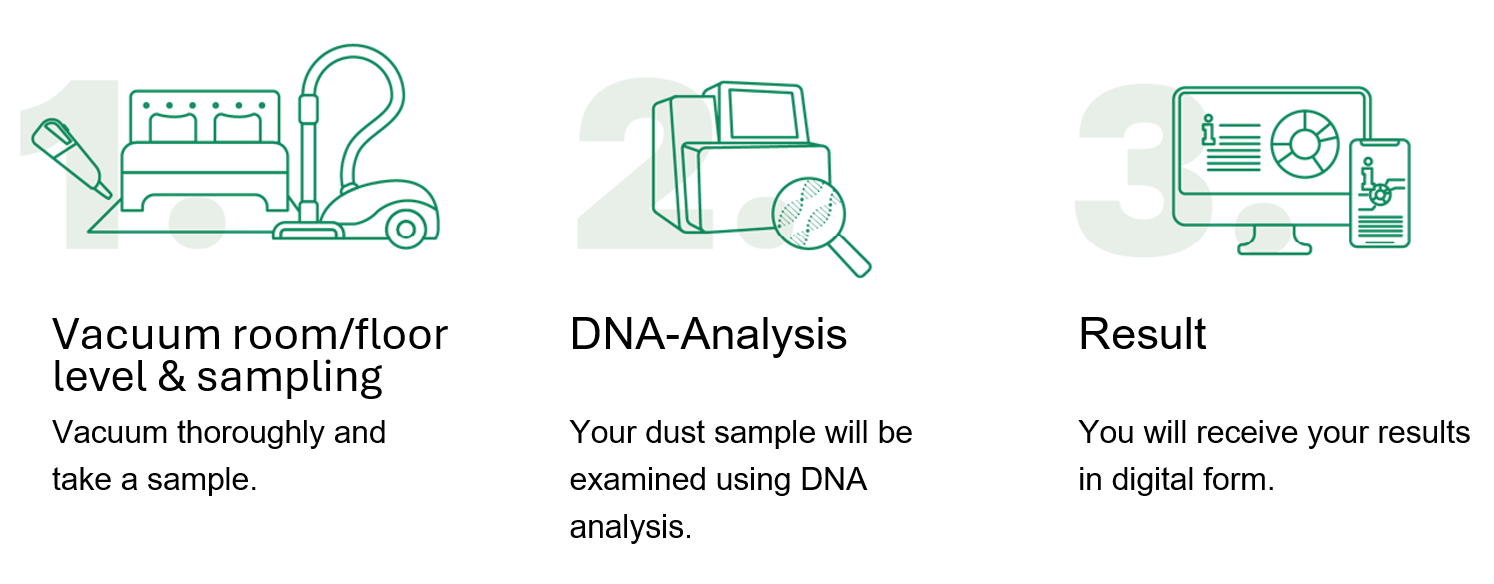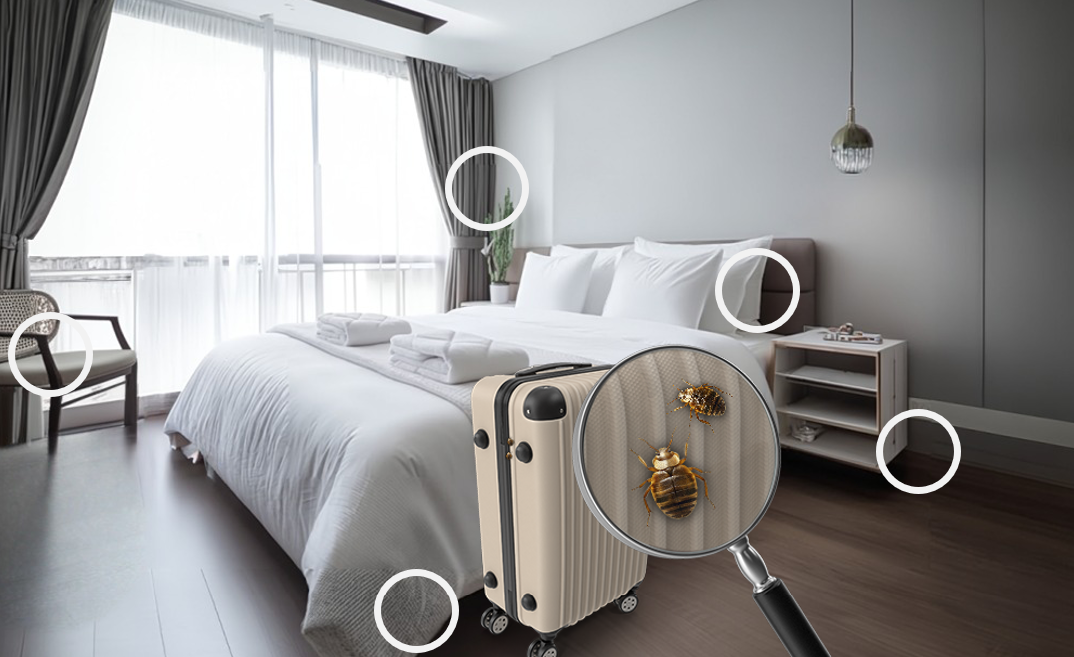


Bed bugs are blood-sucking insects that are transported around the world in people’s luggage.
Bed bug infestations are considered disgusting and unhygienic. Those affected may experience stings, sleep disorders and red pustules, as well as stains on clothing or bed linen.
The hotel industry suffers loss of revenue, high clean-up costs, legal claims and reputational damage.
Current detection methods, such as using a sniffer dog or an antigen test, are time-consuming, costly and unreliable.
Sampling
Even the tiniest traces of bed bugs can be picked up with a vacuum cleaner. Send a vacuum sample to our laboratory.
With the help of our specific and highly sensitive PCR test, even the smallest amounts of bed bug DNA can be detected.
You will receive your results quickly and reliably.



Order directly
-
Bedbug PCR-test for home use
€ 79,00
Includes 20% MwSt.Plus shippingAdd to cart -
Bedbug PCR-test for trade/hotel industryPlease enquire about the price!Read more
Background information
Situation
Bed bugs are currently spreading rapidly in Europe. In Paris, for example, 11% of households are affected, and in Germany the number of cases has increased 50-fold.* The causes cited are tourism, increased travel and the trade in second-hand goods. However, the main cause of the increase is the development of resistance to insecticides. Bed bugs are blood-sucking insects that feed on the blood of humans or pets and give off an unpleasant odour. They spread worldwide in luggage.
Problem
It is a common misconception that bedbug infestations are caused by poor hygiene. In fact, bedbugs are easily transmitted regardless of hygiene. They are carried in luggage from holiday apartments, guesthouses, Airbnbs, hotel rooms, suites or alpine huts, or migrate from one flat to the next via hallways and shafts.
The general public knows very little about bedbugs. As bedbugs are associated with times of war, infestations are often overlooked at first, which can have dramatic consequences. Bedbugs are often not recognised or are confused with other insects, meaning that an infestation can spread unnoticed within a very short time. Female bedbugs produce up to 500 eggs, from which larvae hatch within six to ten days. These bite again and also reproduce. As they are very small at first and hide during the day, they are often difficult to see with the naked eye. To date, 28 pathogens have been detected in bedbugs.**
Effects
Early diagnosis is essential to limit the spread of the parasites. Since bed bugs spread throughout the entire home, the cost of combating them can be very high. Bed, mattress, wardrobe, carpets, skirting boards, picture frames, sofa, etc.
Previous methods such as antigen tests are unreliable and unspecific, as they also detect other animals such as dust mites or carpet beetles. Analysis using sniffer dogs is very costly.
| Consequences for hotels & accommodation providers | Consequences for travellers |
|
|
Your advantage
The Sinsoma PCR test detects bed bugs in a discreet, cost-effective and early manner. It provides a result that is 100% reliable. DNA traces do not lie: if they are present, the test result is positive. Unfortunately, previous antigen tests are inaccurate because they also detect other animals, such as dust mites or carpet beetles.
Our DNA test can be used preventively, in cases of suspicion or for follow-up checks after pest control measures.



How can you recognise bed bugs?
What does a bite look like?
What should you do if you think you have bedbugs?
Find answers to your questions here:



* BBC: Why are bed bugs so difficult to deal with?
* Wiley: The Bed Bug Resurgence in Europe and Russia – Advances in the Biology and Management of Modern Bed Bugs – Wiley Online Library
** Wanzen – Der Feind in meinem Bett – Gesellschaft – SZ.de